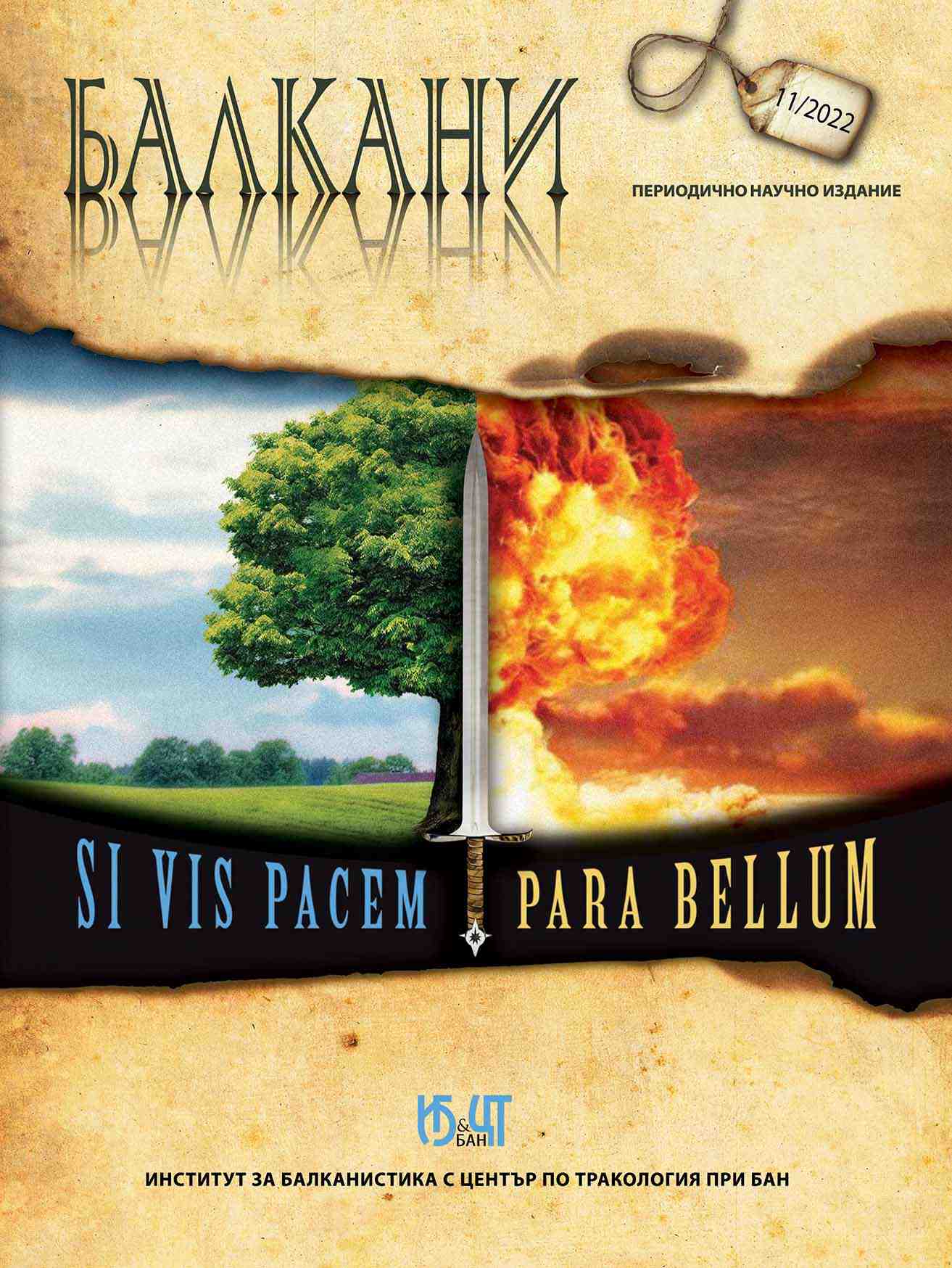КОННИЦАТА В ЮГОИЗТОЧНА ЕВРОПА ПРЕЗ ДРЕВНОСТТА – ПОЯВА И ПРЕДНАЗНАЧЕНИЕ
THE CAVALRY IN SOUTHEAST EUROPE IN THE ANTIQUITY – APPEARANCE AND ESSANCE
Author(s): Kalin PorozhanovSubject(s): History, Archaeology, Military history, Ancient World
Published by: Институт за балканистика с Център по тракология - Българска академия на науките
Keywords: cavalry; chariot; Scythia and Thra¬ce; horse burials; Odrysians; Getae; Scythians;
Summary/Abstract: Written sources indicate the appearance of the cavalry in the 9th – 8th century BC in Asia Minor (Assyria and Urartu), and in Southeast Europe (Scythia and Thrace) in the 6th – 5th century BC. Archaeological data show that the bridle for riding in Southeast Europe was widespread in the 8th – 7th century BC (Ancient Thrace). In the 7th century BC horse burials are also more common. This leads to the conclusion that in the 8th – 7th century BC there is a cavalry in Southeast Europe. Hellenic written evidences of cavalry in Southeast Europe (Scythia and Thrace) coincides with images of king-riders and culminates in the practice of ritual burial of horses. This set of source data coincides with the peak manifestations in the state-building activity of the Odrysians, Getae, Scythians and other ethnic states in Southeast Europe in the 5th – 4th centuries BC. The findings of the reins here show that cavalry in these lands was not created as an external loan, but a local phenomenon. The appearance of cavalry in Antiquity was a polycentric phenomenon. It has been attested since the beginning of the first millennium BC, both among West Asian and Southeastern European societies. In essence and purpose, cavalry is the new weapon of the ruling elites, which replaces the chariot drawn by horses and becomes a universal phenomenon in Antiquity.
Journal: БАЛКАНИ
- Issue Year: 11/2022
- Issue No: 1
- Page Range: 5-14
- Page Count: 10
- Language: Bulgarian
- Content File-PDF

